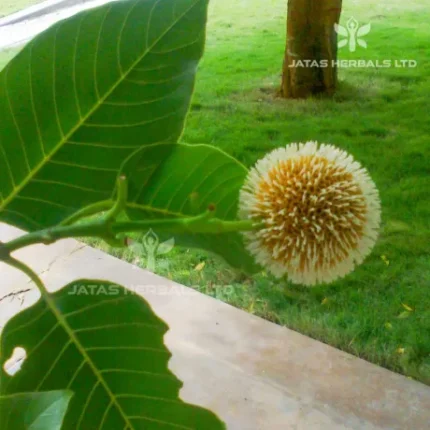Aluka is quoted by caraka as one of the forbidden vegetable tubers (S.S.Su.25/38). It is also found among the ingredients of saka varga (C.S.Su.27/96). Susruta (S.S.Su.42/76) and vagbhata (A.H.Su.6/93) also quoted this plant. Though forbidden by caraka it is widely used in the modern society. Irrespective of what caraka pronounced, all texts quoted it as balya, vrsya and raktapittahara. Aluka is identified with Solanum tuberosum Linn. Potatoes (S. tuberosum) have been cultivated in the Andes roughly since 3700 B.C.E. (there are scholars who argue for an even older date of domestication). Seven distinct species of potato are still cultivated in South America, although only Solanum tuberosum is presently grown worldwide. The long tubered species (Solanum ajanhuiri) was introduced to France from Peru about 1815. It is still cultivated by potato connoisseurs, especially the black variety called Negresse or Truffe de Chine, which has become popular with Parisian chefs because of its truffle-like flavor.
Botanical description – A much-branched bushy herb; stem underground tuber, aerial stem is usually winged; leaves odd-pinnate, with a large terminal leaflet; leafltes usually 5-9, ovate-oblong; flowers white or bluish, in cymose panicles; fruit is a globose berry, 2-4 cm in diameter; seeds obal
Part used – tubers and leaves
Uses – Tubers are used as nutritive, galactogogue, diuretic etc. Leaf extract is used as antispasmodic in chronic cough.
Chemical constituents – Kaempferol-3-diglucoside-7-rhamnoside, cholesterol, solandidine dlycosides, starch, solanidine etc.






Reviews
There are no reviews yet.